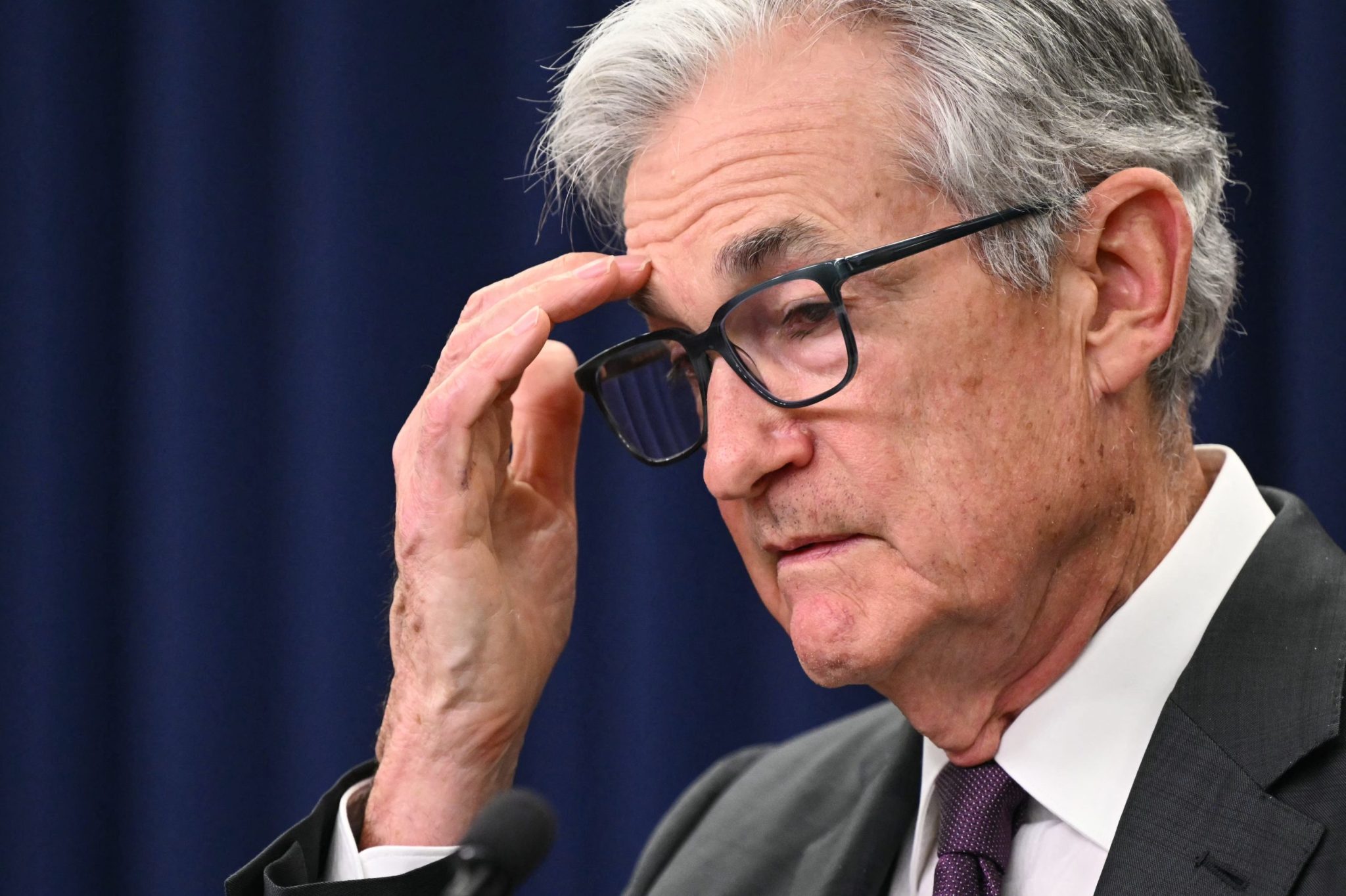
Allianz chief economic advisor Mohamed El-Erian said the Federal Reserve is behind the curve in lowering rates now that the economy is slowing, just as it was tardy in hiking rates when inflation was spiking.
The latest jobs report revealed the U.S. economy added just 22,000 jobs in August with revisions to prior months showing June actually saw a decline. Meanwhile, the unemployment rate edged up to a four-year high of 4.3%.
“I think they have gotten it wrong,” he told CNBC on Friday. “I think once again they’re late. They will cut in September, and I suspect there will also be discussion should they cut by 25 or 50” basis points.
That would mark another policy mistake in recent years. As the economy began to recover from the COVID-19 pandemic, prices began surging, but the Fed was slow to hike rates. When it finally started in 2022, it launched the most aggressive tightening cycle in four decades, though the economy didn’t tip into a recession as was widely expected.
El-Erian’s remarks echo President Donald Trump’s criticism of the central bank. Trump has regularly insulted Chairman Jerome Powell, and even toyed with firing him earlier this year. Meanwhile, he has moved to fire Fed Governor Lisa Cook, who is fighting her dismissal in court.
The Fed should’ve cut rates in July, but Powell’s view of the job market was too narrow and ignored the weakness that was building under the surface, El-Erian said.
The risk with waiting to provide support to a weakening labor market is that it can deteriorate in a “nonlinear” fashion, meaning that job losses can quickly accelerate, he explained.
For his part, Powell has pointed to the unemployment rate, which has been relatively steady for more than year, noting that the supply of workers in the labor market has dropped alongside a decline in demand.
Trump’s immigration crackdown has sent more than 1 million workers out of the labor force this year. As a result, the breakeven level of job gains that are needed to keep unemployment flat is lower than it used to be.
At the same time, Fed’s dual mandate of price stability and maximum employment is forcing policymakers to balance the risks of further stoking inflation, which has been climbing as Trump’s tariffs ripple through the supply chain.
Tariffs are also weighing on the job market. In a note on Saturday, Torsten Sløk, chief economist at Apollo Global Management, observed that job growth in tariff-impacted sectors is negative, while sectors not directly impacted by tariffs are declining but still in positive territory.
There’s still time for the Fed to correct its mistake, and perhaps cut rates more aggressively, El Erian said. But the risks to the economy are elevated as lower-income households have seen their financial security decline.
“Could they play catch-up? Yes, they could. Hopefully they will, but it’s a more risky operation than a lot of people expect it to be,” he warned.
It’s also not certain the Fed can actually save the economy. Moody’s Analytics chief economist Mark Zandi previously warned that with inflation still climbing, the central bank will have a hard time coming to the rescue with a steep easing cycle.
Similarly, JPMorgan Asset Management chief global strategist David Kelly said rate cuts will reduce interest income for retirees and encourage businesses to hold off on borrowing money and wait for rates to get even lower.
“The whole history of the 21st century is rate cuts don’t stimulate growth,” he told CNBC on Friday. “They didn’t any in any way after the Great Financial Crisis. So don’t look to the Fed to bail out the economy.”
On top of that, lower cuts could also raise fears that the reason the Fed is cutting because it sees a recession on the horizon, Kelly added.
Combined with existing uncertainty over Trump’s tariffs and immigration crackdown, recession fears could act as another drag on the economy, he explained, noting that “the biggest tax the government levies is an uncertainty tax.”
“There is a level of uncertainty here which is just causing people to freeze, and that’s really what you see in the hiring numbers,” Kelly said. “That’s the problem. Businesses aren’t laying off thousands and thousands. They’re just waiting to see, and the three most deadly words in economics are ‘wait and see.’ But when everybody decides to wait and see, what you see is not good.”
#Fed #wrong #late #top #economist #job #gains #collapse